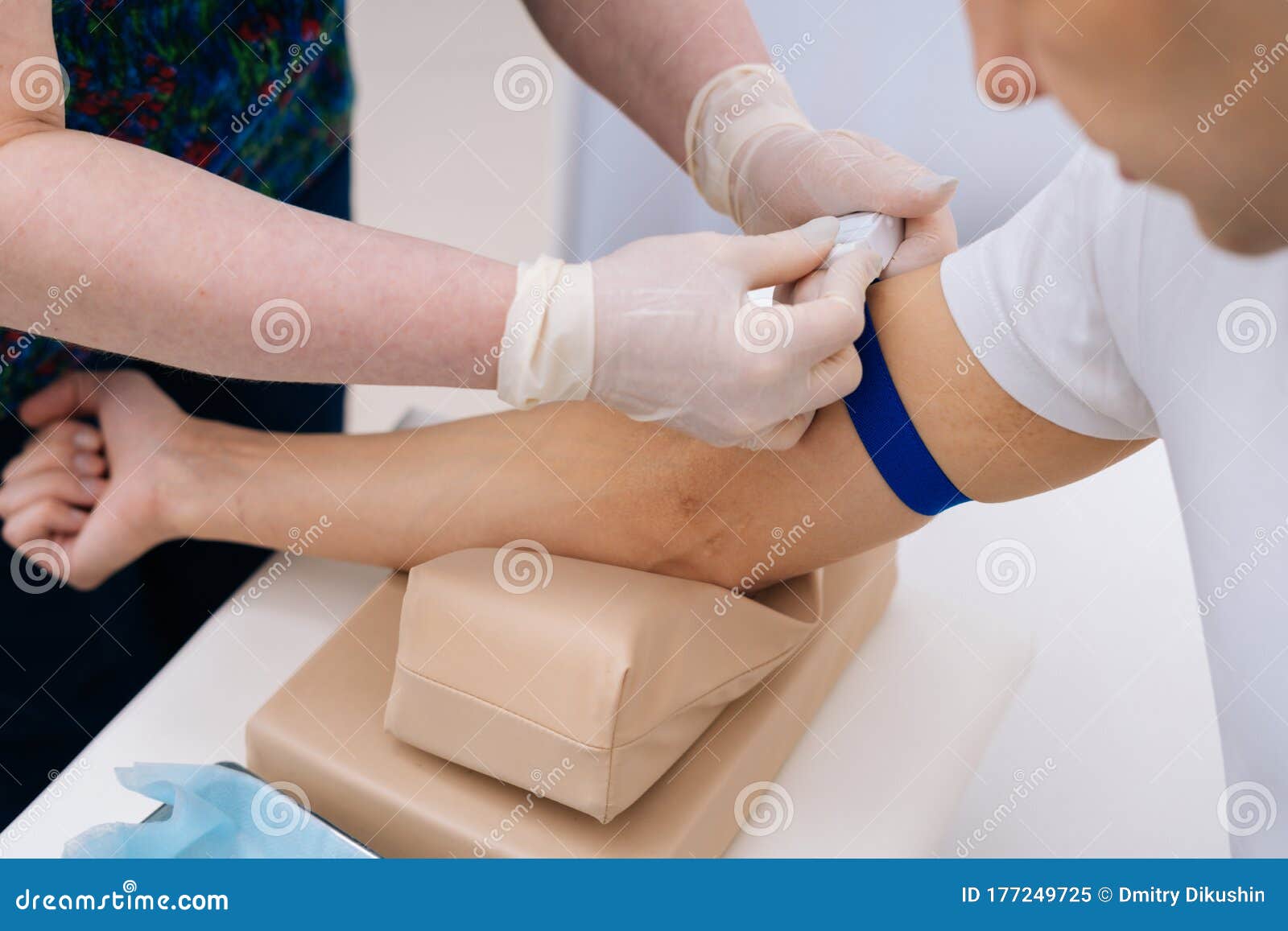Web once sufficient blood has been collected, release the tourniquet before withdrawing the needle. When one is located, the tourniquet is removed. Web a tourniquet would first be applied to assess the arm for a desired vein. By following the steps outlined in this guide and prioritizing patient comfort and safety, you can ensure successful venipuncture and contribute to a positive blood draw experience. Web the best method to start a tourniquet is to use the simple rubber tourniquet band provided in the iv gauge kit or blood drawing kit.
To provide information about blood drawing technique, equipment selection, tube additives, drawing order, blood transport, and nursing considerations. Web in an emergency, a tourniquet can help reduce or stop excessive bleeding. When one is located, the tourniquet is removed. It is typically a band or strap that is wrapped around the arm or leg above the site where the needle will be inserted. The phlebotomist will then prepare the supplies, cleanse the draw si.
Web in an emergency, a tourniquet can help reduce or stop excessive bleeding. Web once sufficient blood has been collected, release the tourniquet before withdrawing the needle. These bands are very lightweight and flexible, and they allow you to make a simple but effective compression on a patient’s arm without actually tying a knot. The phlebotomist will then prepare the supplies, cleanse the draw si. Web tourniquets are bands that are tied around an arm or leg when bleeding is uncontrollable due to a severe wound like a gunshot, stabbing, or heavy machinery accident.
Web a tourniquet is a device used to temporarily restrict blood flow to a limb to make veins more prominent and easier to access for blood draws or intravenous (iv) catheter placement. It is typically a band or strap that is wrapped around the arm or leg above the site where the needle will be inserted. Some guidelines suggest removing the tourniquet as soon as blood flow is established, and always before it has been in place for two minutes or more. Web a tourniquet would first be applied to assess the arm for a desired vein. Web the basic tools required for a successful and safe blood draw include a tourniquet, an appropriate needle, gloves, alcohol wipes, and the storage device for blood collection. The tourniquet creates temporary pressure and an artificial occlusion in the blood flow, making it easier for the phlebotomist to identify the veins. By following the steps outlined in this guide and prioritizing patient comfort and safety, you can ensure successful venipuncture and contribute to a positive blood draw experience. Web a properly applied tourniquet for blood draw is a valuable tool in a phlebotomist’s arsenal. Web tourniquets are bands that are tied around an arm or leg when bleeding is uncontrollable due to a severe wound like a gunshot, stabbing, or heavy machinery accident. Allow the area to dry for approximately one minute following cleansing the area. Web once sufficient blood has been collected, release the tourniquet before withdrawing the needle. When one is located, the tourniquet is removed. Ideally, tourniquets should be applied by first responders who are trained in emergency first aid. Web in an emergency, a tourniquet can help reduce or stop excessive bleeding. Web the best method to start a tourniquet is to use the simple rubber tourniquet band provided in the iv gauge kit or blood drawing kit.
Web Once Sufficient Blood Has Been Collected, Release The Tourniquet Before Withdrawing The Needle.
Web in an emergency, a tourniquet can help reduce or stop excessive bleeding. Web tourniquets are bands that are tied around an arm or leg when bleeding is uncontrollable due to a severe wound like a gunshot, stabbing, or heavy machinery accident. Pull the skin taut to anchor the vein. A doctor or nurse may also use a tourniquet during procedures, such as drawing blood or inserting an iv line.
To Provide Information About Blood Drawing Technique, Equipment Selection, Tube Additives, Drawing Order, Blood Transport, And Nursing Considerations.
Web a tourniquet would first be applied to assess the arm for a desired vein. By following the steps outlined in this guide and prioritizing patient comfort and safety, you can ensure successful venipuncture and contribute to a positive blood draw experience. The tourniquet creates temporary pressure and an artificial occlusion in the blood flow, making it easier for the phlebotomist to identify the veins. When one is located, the tourniquet is removed.
Some Guidelines Suggest Removing The Tourniquet As Soon As Blood Flow Is Established, And Always Before It Has Been In Place For Two Minutes Or More.
Web the best method to start a tourniquet is to use the simple rubber tourniquet band provided in the iv gauge kit or blood drawing kit. The phlebotomist will then prepare the supplies, cleanse the draw si. These bands are very lightweight and flexible, and they allow you to make a simple but effective compression on a patient’s arm without actually tying a knot. Web a properly applied tourniquet for blood draw is a valuable tool in a phlebotomist’s arsenal.
It Is Typically A Band Or Strap That Is Wrapped Around The Arm Or Leg Above The Site Where The Needle Will Be Inserted.
Allow the area to dry for approximately one minute following cleansing the area. Ideally, tourniquets should be applied by first responders who are trained in emergency first aid. Web the basic tools required for a successful and safe blood draw include a tourniquet, an appropriate needle, gloves, alcohol wipes, and the storage device for blood collection. Web a tourniquet is a device used to temporarily restrict blood flow to a limb to make veins more prominent and easier to access for blood draws or intravenous (iv) catheter placement.









